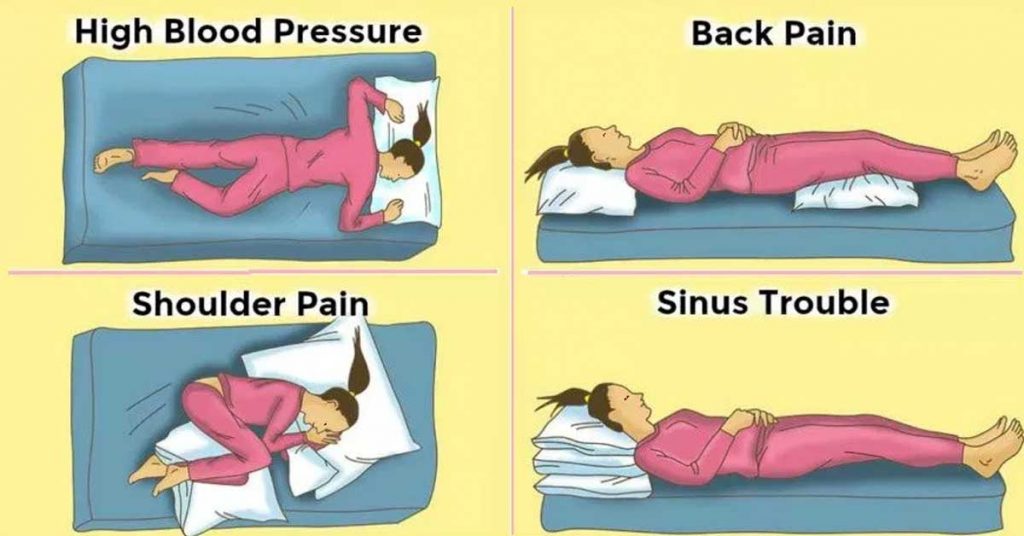Even if you don’t have a bonafide sleep disorder like sleep apnea, there are still plenty of physical issues that can compromise your nightly need for zzzz’s. Have no fear, we’re here to help with some simple solutions to fix some of the most common sleep problems.
While there are many reasons people may not be falling asleep at night as quickly as they should be, one of the most common culprits these days is “blue light” emitted from our TVs, computers, iPhones, and other devices. Blue light is actually everywhere (it’s why the sky is blue!), but our increased exposure to it via our electronics is messing with our melatonin levels.
Sleeping is an inevitable part of our life, which enables our body to revitalize and restore the lost energy during the day. On average, a person sleeps 7-9 hours a night, meaning that we spend to about 25 years in life sleeping.
Yet, despite the duration of sleep, it is also important in which position you sleep, as it might determine your overall health. Today, we will show you how to treat your health issues by sleeping!
Since the sleeping position affects numerous aspects of the body, like sinuses, blood pressure, and much more, here is how to sleep in order to solve your health issues:
Digestion Trouble
To help digestion, sleep on the left side, to allow gravity to act and improve the process.
Back Pain
If you suffer from back pain, you should sleep on your back, with a rolled-up towel under the curve of the back, and a pillow under the knees.
Neck Pain
To treat the pain in the neck, place a small rolled-up towel under it.
High Blood Pressure
Researchers at the Ehime University School of Medicine have found that sleeping positions can affect blood pressure. They discovered that in order to lower blood pressure, you should sleep down on your face.
Heartburn
To treat heartburn, you should sleep on the left side.
Sinus Trouble
As advised by the Harvard Medical School, you should sleep with the head elevated in order to prevent the mucus from pooling in your sinuses.
Shoulder Pain
Sleep on the pain-free side, with the legs bent a bit, or with one pillow between the knees, and another to the chest.
PMS Pain
Put a pillow under the knees to stop the pain in the spine, which is a common PMS symptom.
Headaches
Often, headaches are a result of a twisted neck during sleeping. To prevent this, surround the head with pillows.
Choosing your sleeping position can have a huge impact on health, and can be your ally in the treatment of your health issues. Therefore, sleep in the position that will provide relief and wake up fresh and healthy in the morning!

